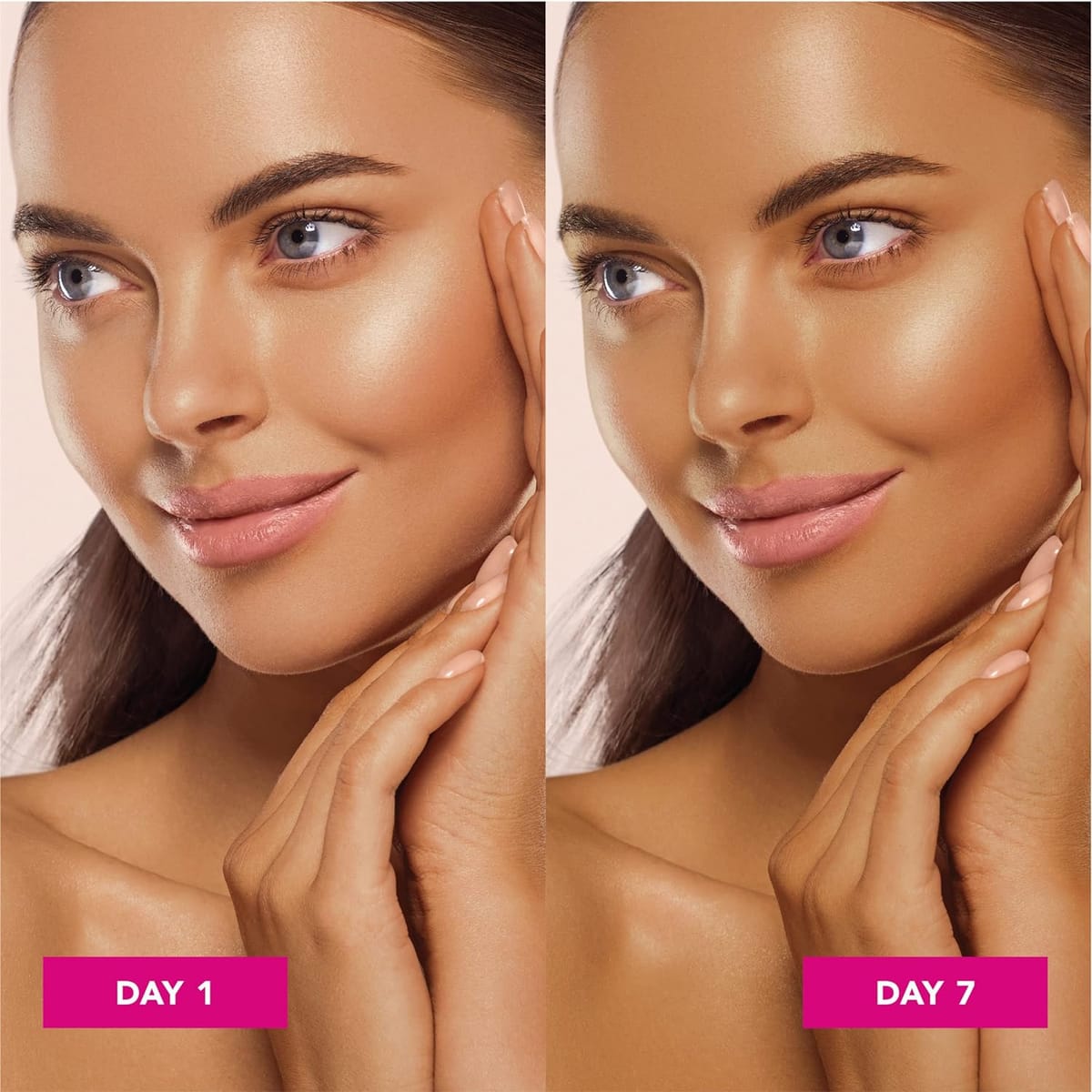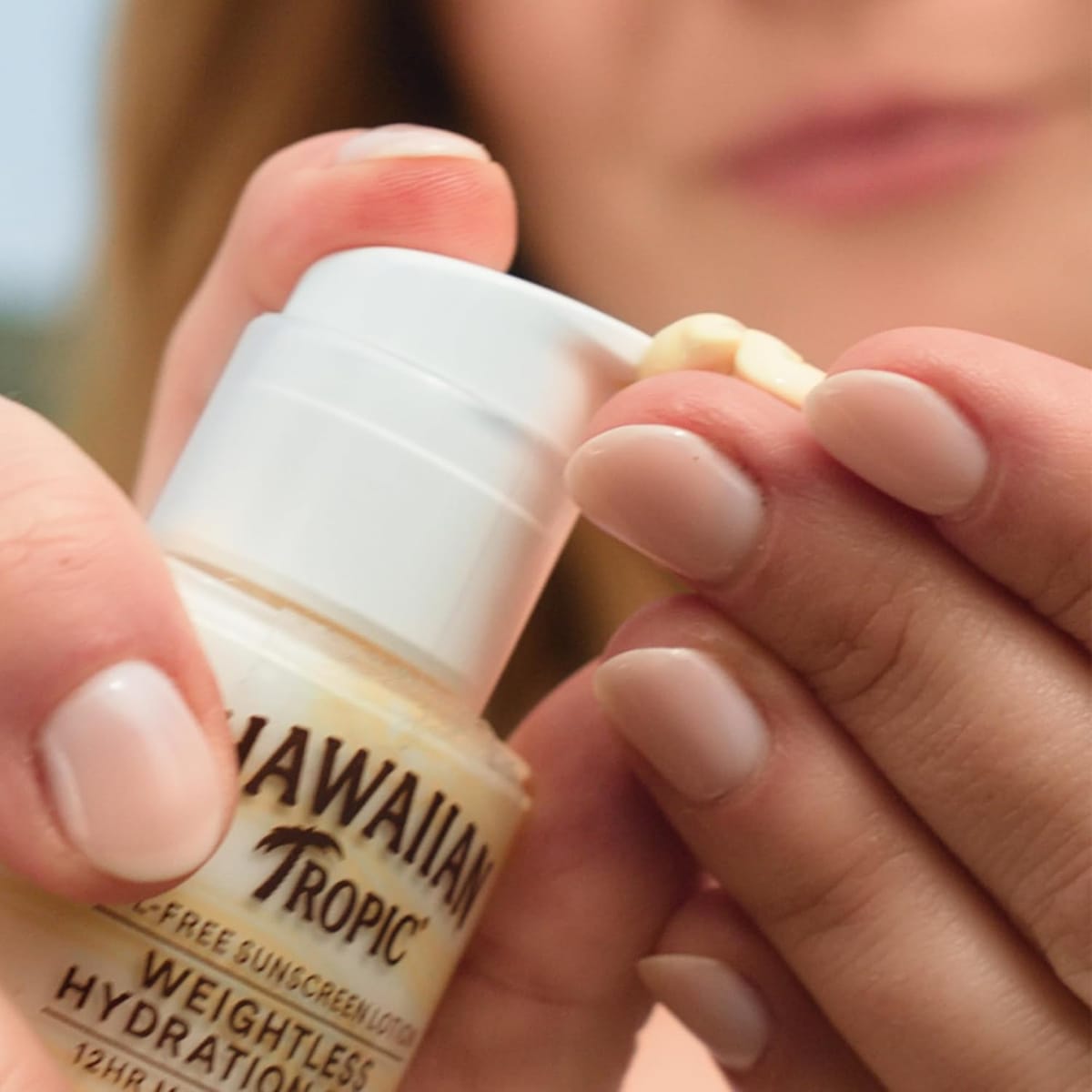Key Takeaways:
- Glowing sunscreen offers both protection and a radiant finish, making it a versatile addition to any skincare routine.
- Understanding the differences between mineral and chemical sunscreens helps in choosing the right product for your skin type.
- Proper application techniques ensure optimal protection and a beautiful glow throughout the day.
Introduction
Glowing sunscreen has revolutionized the way we think about sun protection. Not only does it shield your skin from harmful UV rays, but it also imparts a radiant, dewy glow. This guide will walk you through everything you need to know about using glowing sunscreen effectively, ensuring you get the best of both worlds: protection and beauty.
What is Glowing Sunscreen?
Glowing sunscreen is a type of sunblock that not only protects your skin from UV rays but also gives it a luminous finish. These sunscreens often contain ingredients like titanium dioxide and bismuth oxychloride to reflect light onto glowing skin and create a natural glow. They are available in both mineral and chemical formulations, catering to different skin types and preferences.
The primary function of glowing sunscreen is to provide broad-spectrum SPF 50 protection, which guards against both UVA and UVB rays. This is crucial for preventing skin cancer and early skin aging. Additionally, these sunscreens often include hydrating ingredients like hyaluronic acid and sodium hyaluronate to keep your skin moisturized and plump.
Benefits of Using Glowing Sunscreen
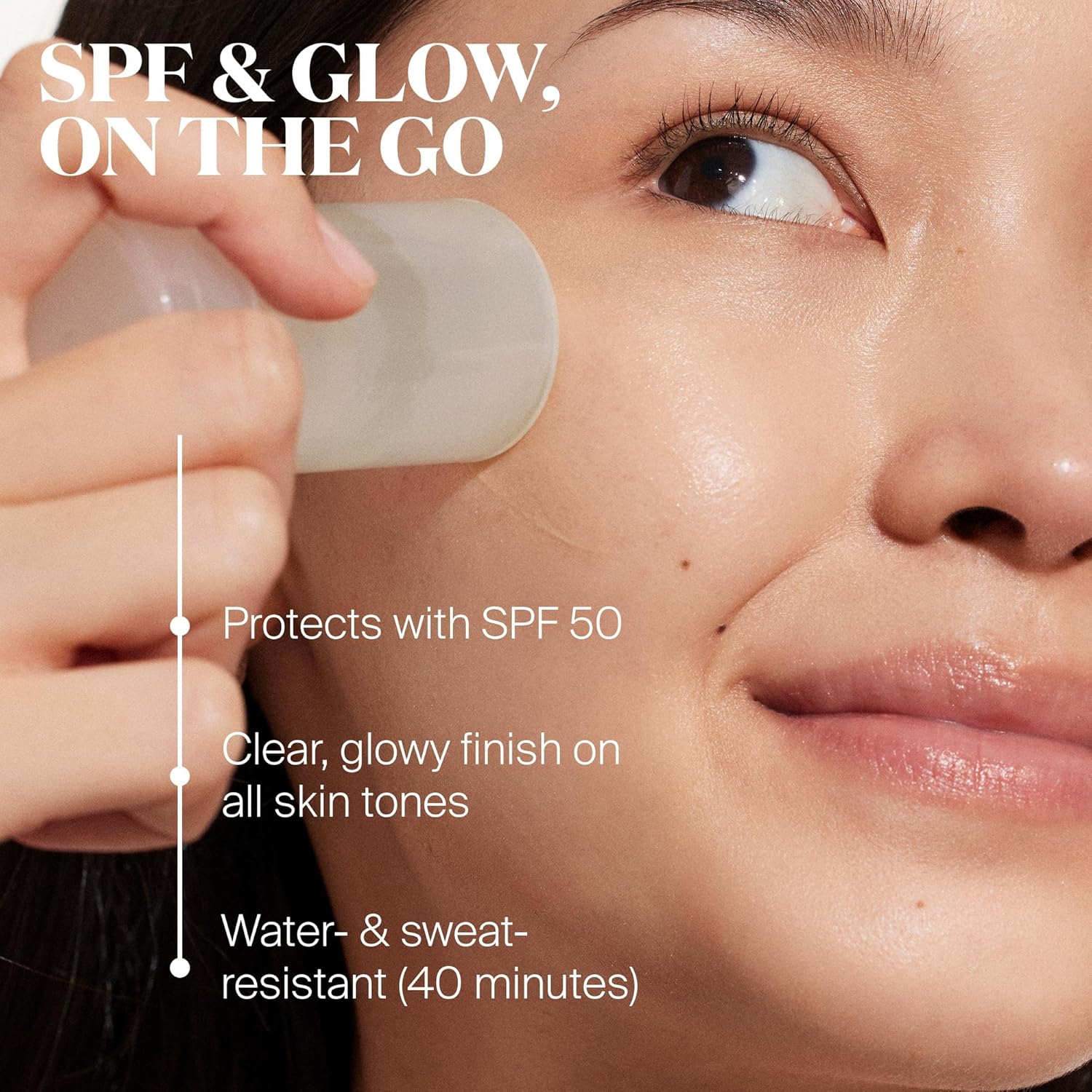
One of the standout benefits of glowing sunscreen is its ability to offer sun protection while enhancing your skin's appearance. The dewy glow it provides can make your skin look healthier and more vibrant. This is why glow is particularly beneficial for those who want to achieve a natural glow without using multiple products.
Another advantage is that glowing sunscreens often come in non-comedogenic formulas, meaning they won't clog your pores. This makes them suitable for sensitive skin and those prone to acne. Additionally, many of these sunscreens are fragrance-free and dermatologist-tested, ensuring they are safe for various skin types.
Choosing the Right Glowing Sunscreen
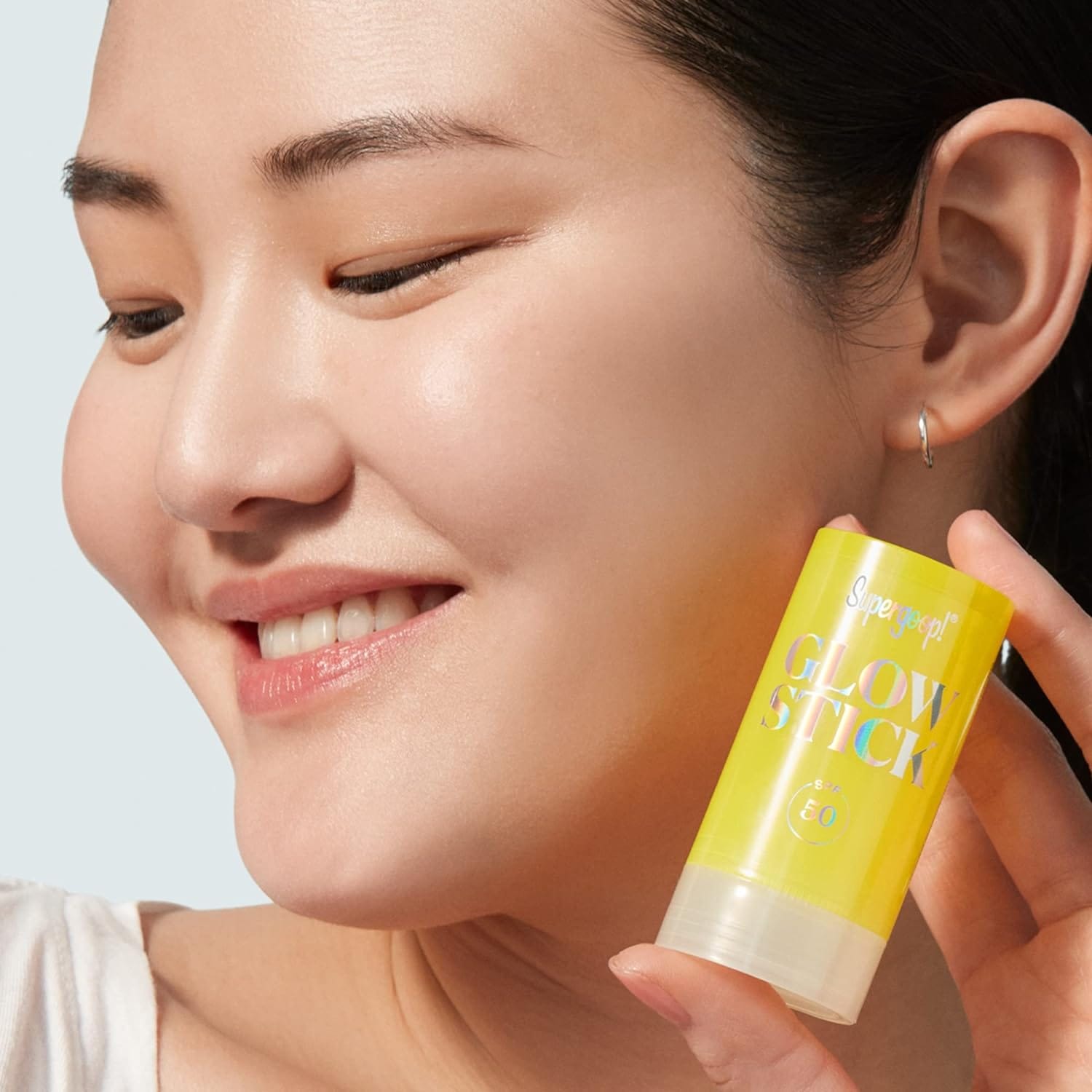
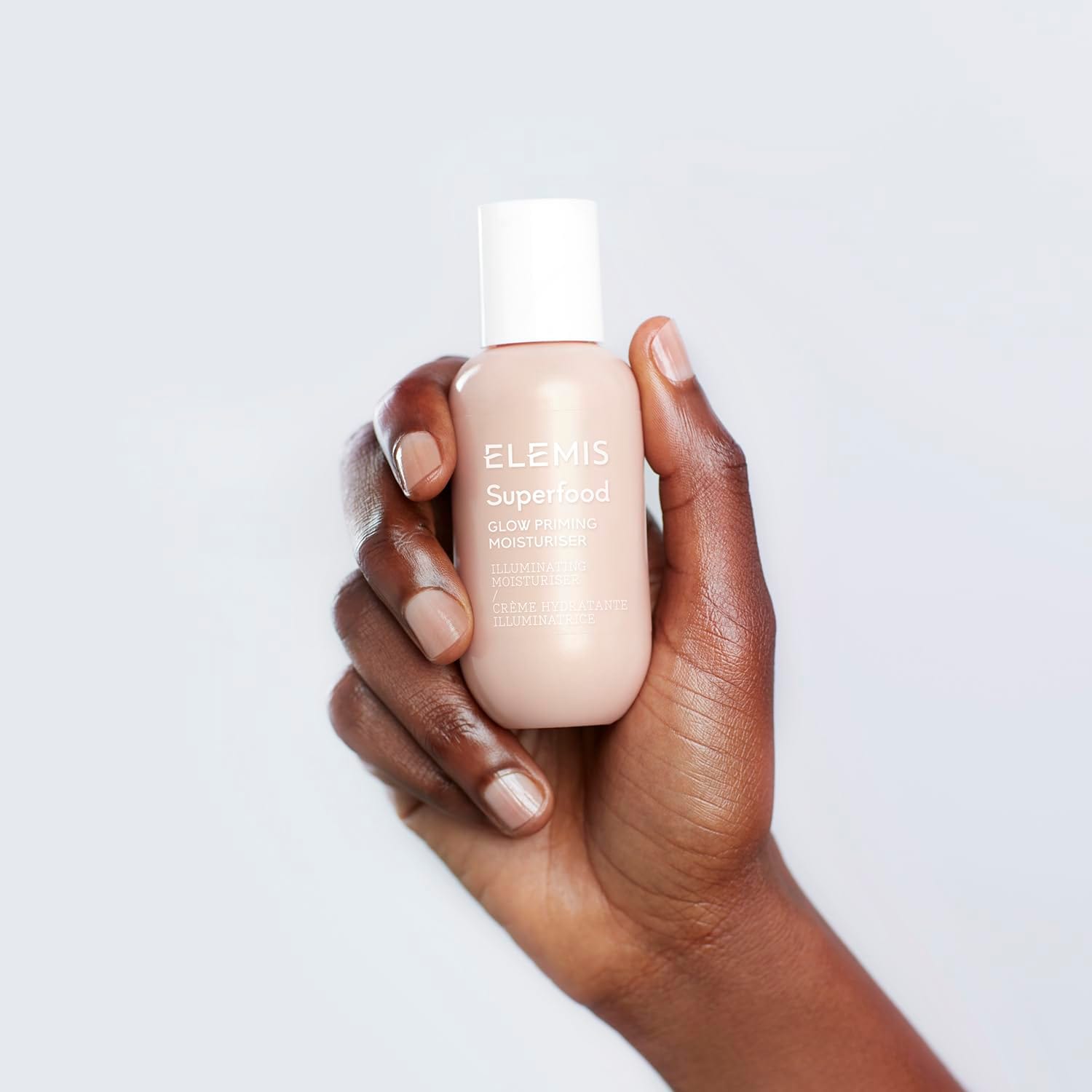
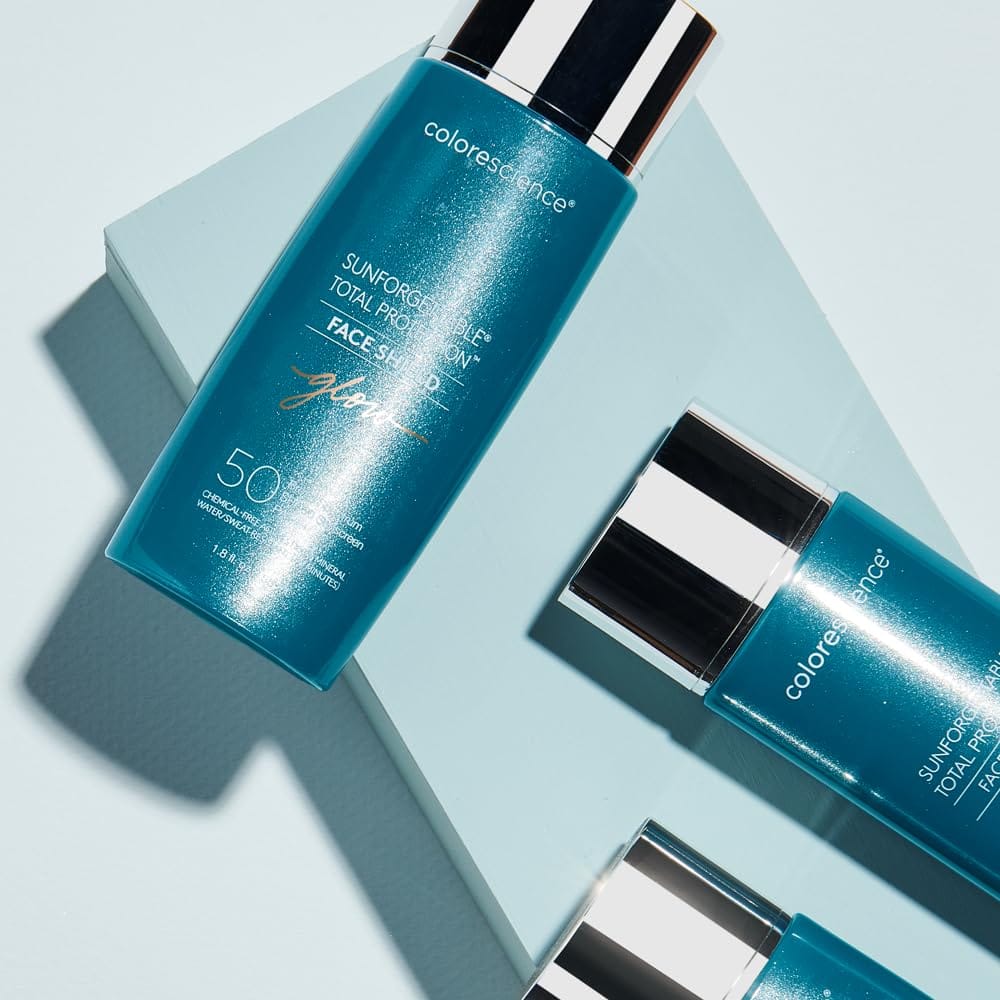
When selecting a glowing sunscreen, it’s essential to consider your skin type and specific needs. For instance, if you have sensitive skin, opt for a mineral sunscreen with titanium dioxide and zinc oxide. These ingredients are less likely to irritate and are effective at blocking UV rays. Avoid using glowing mineral sunscreen on damaged or broken skin to ensure safety and effectiveness.
On the other hand, if you prefer a lighter texture, a chemical sunscreen might be more suitable. These sunscreens often contain active ingredients like avobenzone and octocrylene, which absorb UV rays and convert them into heat. Look for products that are water-resistant sunscreen if you plan on swimming or sweating, and ensure they offer broad-spectrum SPF for comprehensive protection.
How to Apply Glowing Sunscreen
Applying glowing sunscreen correctly is crucial for achieving optimal protection and a beautiful glow. Do not apply glowing sunscreen on damaged or broken skin to prevent adverse reactions. Start by cleansing your face and applying your regular skincare routine, including moisturizer. Once your skin is prepped, take a generous amount of sunscreen and apply it evenly across your face and neck.
Use gentle, patting motions to blend the sunscreen into your skin. This helps to avoid any white cast and ensures even coverage. Make sure to apply the sunscreen at least 15 minutes before sun exposure to allow it to absorb properly. Reapply every two hours, or more frequently if you’re swimming or sweating.
Incorporating Glowing Sunscreen into Your Makeup Routine
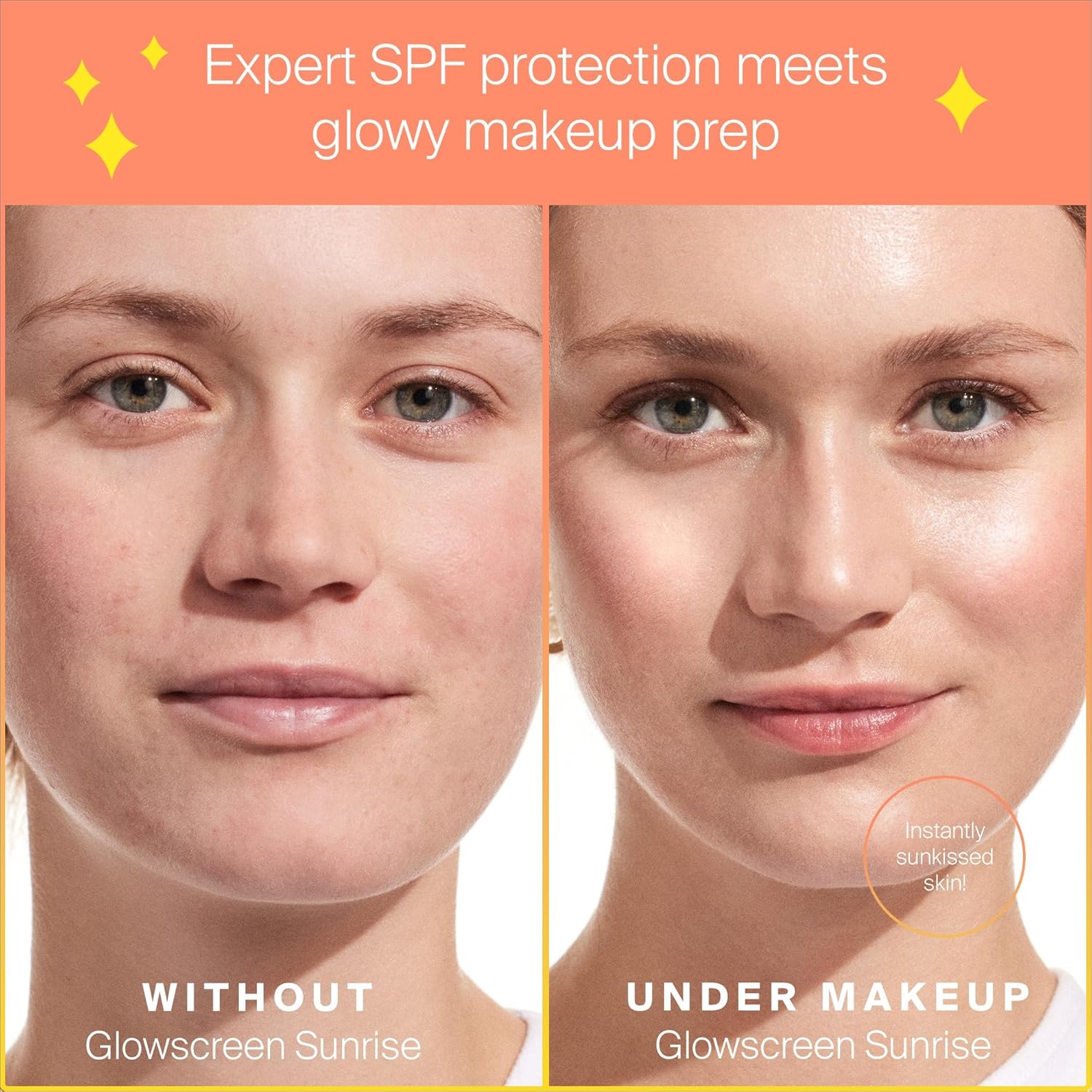
Glowing sunscreen can seamlessly fit into your makeup routine, providing a radiant base for your foundation. After applying your sunscreen, wait a few minutes for it to set before moving on to your makeup. This helps to prevent any pilling or uneven texture.
For a dewy glow, consider using a tinted sunscreen that matches your skin tone. This can act as a foundation substitute, offering both coverage and sun protection. If you prefer more coverage, you can layer your regular foundation over the sunscreen. Just make sure to use a non-comedogenic formula to avoid clogging your pores.
Additional Sun Protection Measures
While glowing sunscreen is an excellent tool for sun protection, it's essential to incorporate other measures to ensure comprehensive coverage from sun rays. Wearing a wide-brimmed hat and sunglasses can protect your face and eyes from UV rays. Additionally, seek shade whenever possible, especially during peak sun hours.
Clothing can also play a significant role in sun protection. Opt for long-sleeved shirts and pants made from tightly woven fabrics. Some clothing items even come with built-in UV protection, offering an extra layer of defense against the sun's harmful rays.
Understanding SPF and Broad Spectrum SPF Protection
SPF, or Sun Protection Factor measures how effectively a sunscreen can shield your skin from UVB rays, which cause sunburn. A higher SPF offers more protection, but it’s essential to choose a product that also provides broad-spectrum protection. This ensures that you’re shielded from both UVA and UVB rays, reducing the risk of skin cancer and early skin aging.
When selecting a glowing sunscreen, look for labels that indicate broad-spectrum SPF. This ensures that the product meets the necessary standards for comprehensive sun protection. Additionally, consider the SPF level based on your skin type and the amount of time you’ll be spending outdoors.
The Role of Active Ingredients in Glowing Sunscreen
Active ingredients are the components in sunscreen that provide UV protection. In mineral sunscreens, titanium dioxide and zinc oxide are the primary active ingredients. These minerals sit on the skin's surface and physically block UV rays, making them ideal for sensitive skin.
Chemical sunscreens use ingredients like avobenzone, octocrylene, and oxybenzone to absorb UV rays and convert them into heat. These sunscreens tend to be lighter and more comfortable for daily wear. However, it's crucial to select a product that matches your skin type and avoids irritation.
Addressing Common Concerns with Glowing Sunscreen
One common concern with glowing sunscreen is the potential for a white cast, especially in mineral formulations. To avoid this, look for products that are specifically designed to blend seamlessly into the skin. Many modern formulations use micronized minerals that protect without leaving a noticeable residue.
Another concern is the potential for breakouts, particularly with chemical sunscreens. To mitigate this, choose a non-comedogenic formula that won't clog your pores. Additionally, minutes before sun exposure itself, ensure that the sunscreen is fragrance-free and dermatologist-tested to minimize the risk of irritation.
The Importance of Reapplication
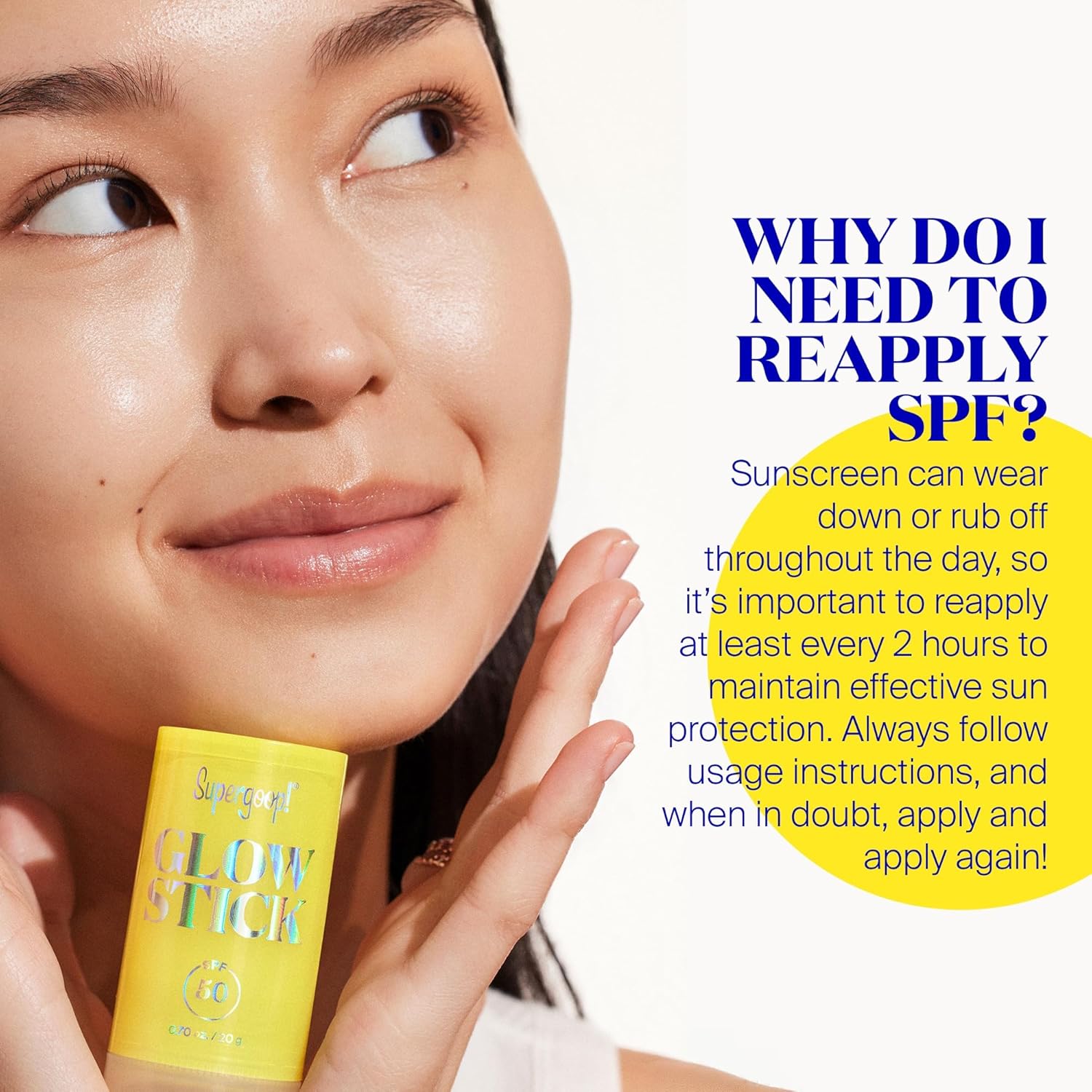
Reapplying sunscreen is crucial for maintaining optimal protection throughout the day. Even the best sunscreens can wear off due to sweat, water, and natural skin oils. To ensure continuous protection, reapply your glowing sunscreen every two hours, or more frequently if you're swimming or sweating.
For convenient reapplication, consider using a stick form or spray sunscreen. These formats are easy to carry and can be applied quickly without disrupting your makeup. Just make sure to cover all exposed areas, including your face, neck, and hands.
Glowing Sunscreen for Different Skin Tones
Glowing sunscreen is available in various formulations to suit different skin tones. For those with fair skin, a few mineral oils or sunscreen with a slight tint can help to even out the complexion and provide a natural glow. Medium to dark skin tones can benefit from chemical sunscreens that blend seamlessly without leaving a white cast.
When choosing a glowing sunscreen, consider the undertone of your skin. Some products are formulated with specific undertones in mind, ensuring a more natural and flattering finish. Additionally, look for sunscreens that offer broad-spectrum SPF to protect against both UVA and UVB rays.
The Role of Hydrating Ingredients in Glowing Sunscreen
Hydration is a key component of glowing sunscreen, as it helps to maintain a dewy glow and prevent dryness. Ingredients like hyaluronic acid and sodium hyaluronate attract and retain moisture, keeping your skin plump and hydrated. These ingredients are particularly beneficial for those with dry skin.
Other hydrating ingredients to look for include glycerin, aloe vera, and seed oil. These natural moisturizers help to soothe and nourish the skin, enhancing the overall effectiveness of the sunscreen. Additionally, many glowing sunscreens are formulated with antioxidants to protect against environmental stressors.
Glowing Sunscreen for Sensitive Skin
For those with sensitive skin, choosing the right glowing sunscreen is crucial to avoid irritation and breakouts. Mineral sunscreens with titanium dioxide and zinc oxide are often the best choice, as they are less likely to cause reactions. Look for products that are fragrance-free, dermatologist-tested, and non-comedogenic.
Additionally, avoid sunscreens with synthetic dyes and harsh chemicals, as these can exacerbate sensitivity. Opt for formulations that include soothing ingredients like aloe vera and chamomile extract to calm and protect the skin. Always perform a patch test before using a new product to ensure it doesn't cause any adverse reactions.
The Impact of UV Rays on Skin Health
Exposure to UV rays can have significant long-term effects on your skin health. UVA rays penetrate deep into the skin, causing early skin aging and increasing the risk of skin cancer. UVB rays primarily affect the skin's surface, leading to sunburn and damage.
Using a glowing sunscreen with broad spectrum SPF is essential for protecting your skin from these harmful rays. Additionally, incorporating other sun protection measures such as wearing protective clothing and seeking shade can further reduce your risk of sun damage.
The Role of Antioxidants in Glowing Sunscreen
Antioxidants play a crucial role in protecting your skin from environmental stressors and enhancing the effectiveness of your sunscreen. Ingredients like vitamin C, vitamin E, and green tea extract help to neutralize free radicals, preventing damage and promoting a natural glow.
When choosing a glowing sunscreen, look for products that include these beneficial antioxidants. They not only provide additional protection but also help to improve the overall health and appearance of your skin. Incorporating antioxidant-rich sunscreens into your daily routine can help to maintain a youthful, radiant complexion.
Glowing Sunscreen for Different Skin Types
Different skin types have unique needs when it comes to sun protection. For oily skin, a lightweight, oil-free sunscreen is ideal to prevent excess shine and breakouts. Look for products labeled as non-comedogenic to ensure they won't clog your pores.
Dry skin can benefit from a more hydrating sunscreen with ingredients like hyaluronic acid and glycerin. These help to lock in moisture and keep your skin feeling soft and supple. For combination skin, a balanced formula that provides hydration without being too heavy is the best choice.
The Importance of Patch Testing
Before incorporating a new glowing sunscreen into your routine, it's essential to perform a patch test. This helps to ensure that the product doesn't cause any adverse reactions, such as redness, itching, or breakouts. Remember to apply a small quantity of sunscreen to a hidden section of your skin and wait for 24 hours to check for any signs of irritation.
If you experience any discomfort or a rash occurs, discontinue use immediately and consult a dermatologist. Patch testing is particularly important for those with sensitive skin or allergies, as it helps to identify potential issues before they become more severe.
The Role of Sunscreen in Preventing Dark Spots
Dark spots, also known as hyperpigmentation, can be exacerbated by sun exposure. Using a glowing sunscreen with broad spectrum SPF helps to prevent these spots from forming and can even reduce the appearance of existing ones. Ingredients like niacinamide and vitamin C can also help to brighten the skin and fade dark spots over time.
Incorporating a glowing sunscreen into your daily routine is a proactive step that medical help in maintaining an even, radiant complexion. Consistent use of glow sunscreen, along with other sun protection measures, can significantly reduce the risk of hyperpigmentation and keep your skin looking its best.
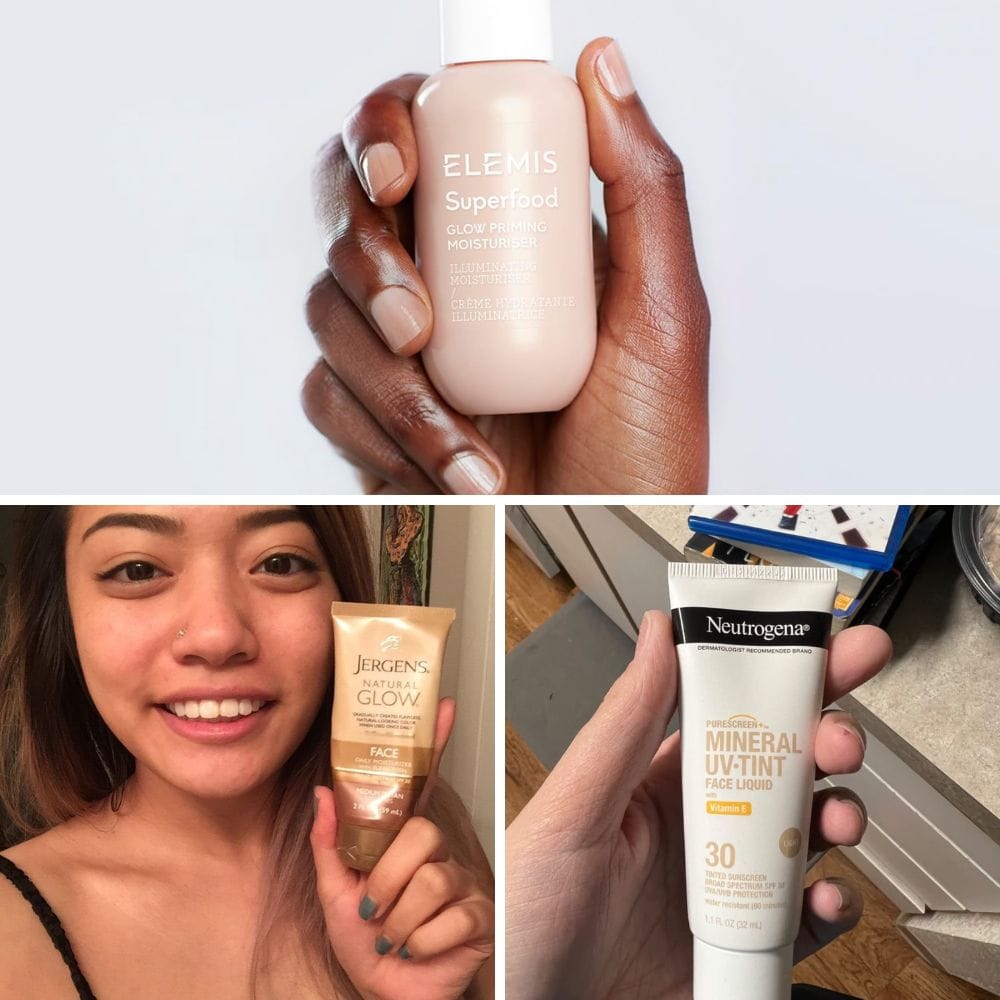

Can I use glowing sunscreen under makeup?
Yes, glowing sunscreen can be used as a base under makeup. Apply it after your skincare routine and allow it to set before applying foundation or other makeup products. This helps to ensure even coverage and a radiant finish.
How often should I reapply glowing sunscreen?
Reapply glowing sunscreen every two hours, or more frequently if you're swimming or sweating. Consistent reapplication is crucial for maintaining optimal protection from sun exposure throughout the day.
Is glowing sunscreen suitable for all skin types?
Yes, glowing sunscreen is available in formulations suitable for all skin types. Whether you have oily, dry, sensitive, or combination skin, there's a product that can meet your needs. Look for labels indicating non-comedogenic, fragrance-free, and dermatologist tested to ensure applying glow sunscreen that is the best fit for your skin.

Glowing sunscreen is a versatile and essential addition to any skincare routine. It offers comprehensive sun protection while enhancing your skin's natural radiance. By choosing the right product for your skin type and following proper application techniques, you can achieve a beautiful glow and protect your skin from harmful UV rays. Remember to reapply regularly and incorporate other sun protection measures for optimal results.
